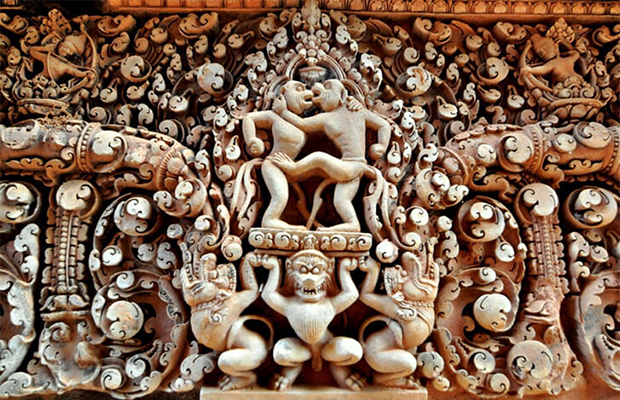Explore
Bees Unlimited Day Tours
Overview of Bees Unlimited Day Tours - Siem Reap
Bees Unlimited based in Siem Reap Province, is the leader in Cambodia when it comes to promoting the practices of rafter beekeeping and sustainable honey-harvesting; it is also the only facilitator of its kind in the country with a comprehensive village-based beekeeping program that combines appropriate technology with hands-on, practical training in indigenous bee beekeeping.
Bees Unlimited works primarily with traditional Honey-Hunters and Rafter Beekeepers, specializes in Rafter Beekeeping and Sustainable Honey-harvesting, and is available to assist international organizations, non-governmental organizations, local communities, and individuals where the potential for such activities in Cambodia exist.
Bees Unlimited also offers hands-on training in:
- Beekeeping with Apis cerana (Asian Hive Honeybee)
- Stingless Bee (Trigona) beekeeping
Bees Unlimited is not only helping to steer the 60-odd rafter beekeepers of NW Cambodia away from one-cut-take-all harvesting; it is also taking the unique—and dying—centuries-old tradition of rafter beekeeping to another level, by introducing it and sustainable honey-harvesting to other communities in Cambodia.
Eco-Tour of Bees Unlimited
Cambodia’s ancient temples are special; a few of them are even spectacular; but, you know what? After a day or two they all start to look the same. So, after a compulsory temple tour—
when you’ve had your fill of bricks, sandstone, and laterite, and want to see another facet of Cambodia without having to leave the Siem Reap area—we invite you to join us on one or more of our personal tours.
1. ANGKOR NATURE TOURS
Relaxing, nonchalant walks in forests steeped in Angkor history, where intriguing insects, arachnids and other arthropods await your recognition and discovery. Our only tour where a valid Temple Pass is required. These tours bypass the tarpaulins and scaffolding of temple restoration, and take you on a hassle-free ‘walk on the wild side’, to discover the natural wonders of the Temple Complex.
Of particular interest to Nature ‘Nuts’, Nature Photographers, and those who simply want to spend some quiet time in a tropical forest, away from all the crowds and the queues. The focus here is on bugs, bees, beetles, and butterflies; but one can also expect to encounter a wide variety of arachnids, various reptiles and amphibians, and even a few small mammals.
>> Price: $35/adult; $15/children; temple pass not included.
2. BEE TOURS in SIEM REAP
Subject to the seasonal migration, you can observe Asian Honeybee species such as Apis dorsata, Apis cerana, and Apis florea, as well as several species of the stingless Trigona bees—all in less than a day. Also included in this tour are several sites and activities associated with honeybees.
(A must for the passionate beekeeper and all beekeeping enthusiasts)
>> Price: $35/adult; $15/children.
3. BEE TOURS by RAFTER BEEKEEPING
Scenic, 1-hour drive from Siem Reap, past villages and rice paddies, to the only community in NW Cambodia where the unique tradition of Rafter Beekeeping is practiced. The ecosystem is unusual: several distinct orchid species and a variety of carnivorous plants thrive here.
On this tour you also have the option of strolling through a Community Forest, dining with villagers in a typical Khmer house, and purchasing samples of pure, wild, Cambodian honey (seasonal), directly from the local honey-hunters.
No Temple Pass Required. Just bring a hat and wear clothes that will get dirty—long sleeves, loose trousers, and footwear that can be washed…bee veils provided to those who feel the need to use one. And don’t forget your camera.
Season: Nov-May (Best: March/April)
>> Price: $100/adult; children, no charge.
Cost of optional lunch in the village ($5/pax, minimum) is your contribution to the host family, and is not included in the over-all price of the tour.
Your generosity will help to encourage rafter beekeepers to make sustainable honey-harvesting an integral part of the rafter beekeeping tradition—benefiting village families, indigenous honeybees, and the local environment.



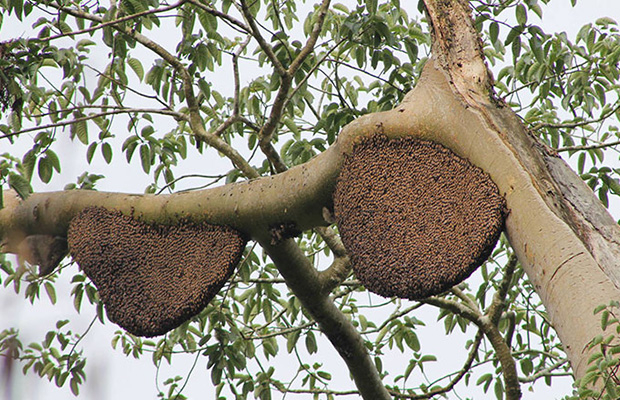



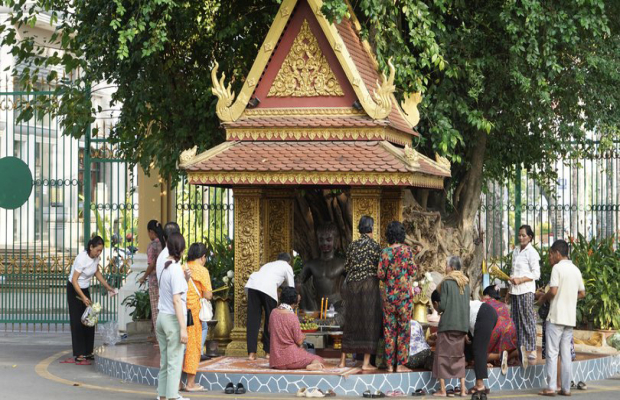

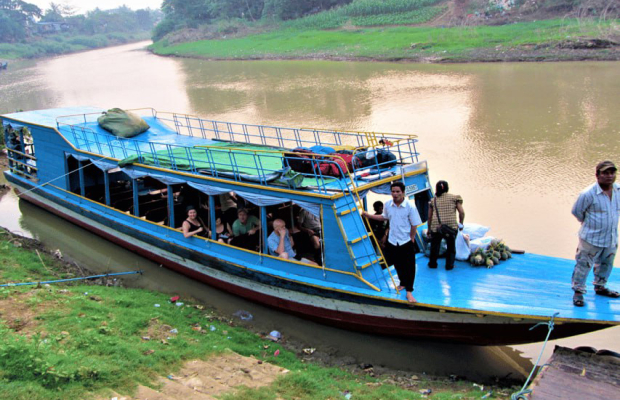
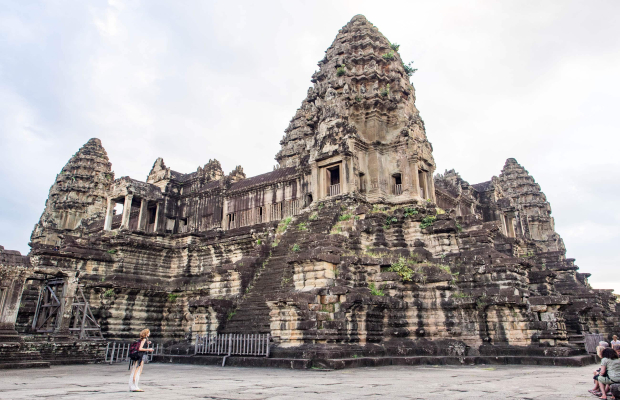
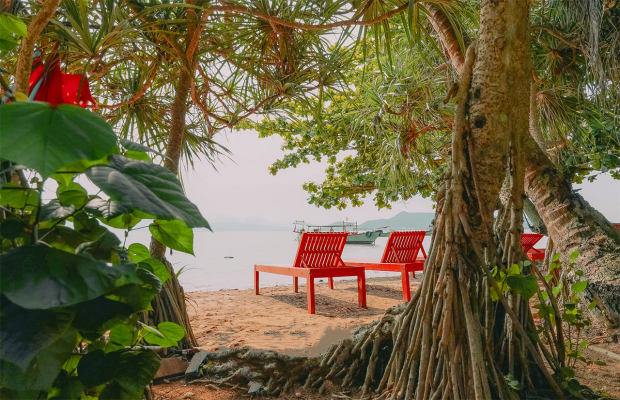

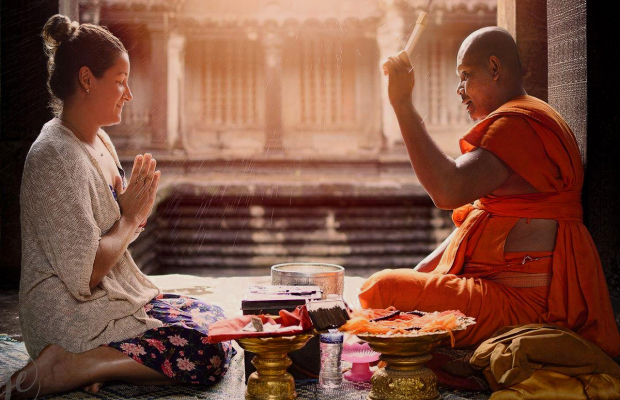




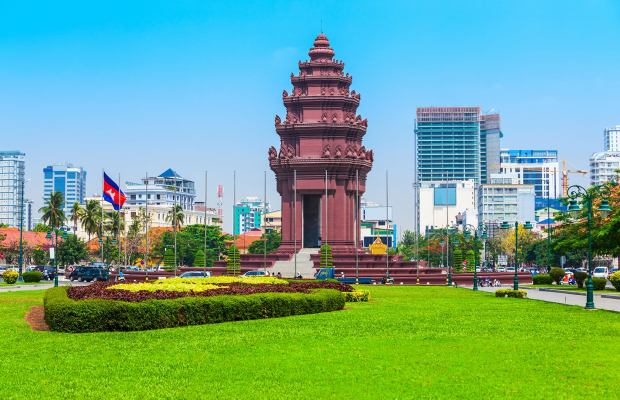





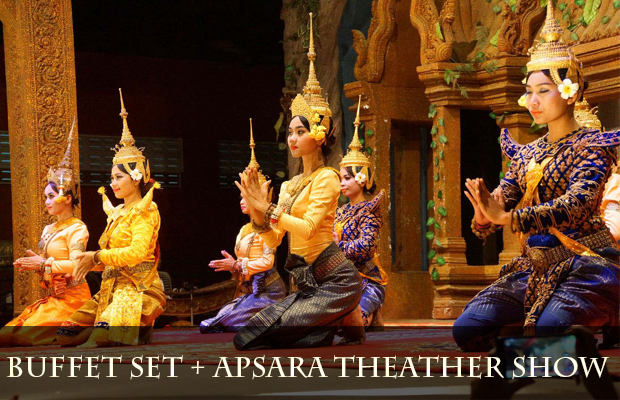
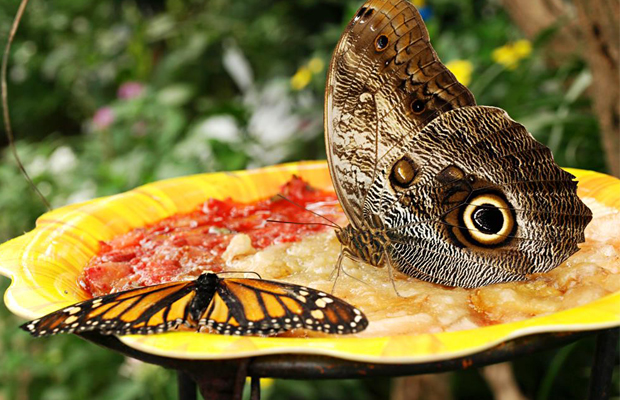
.jpg)


